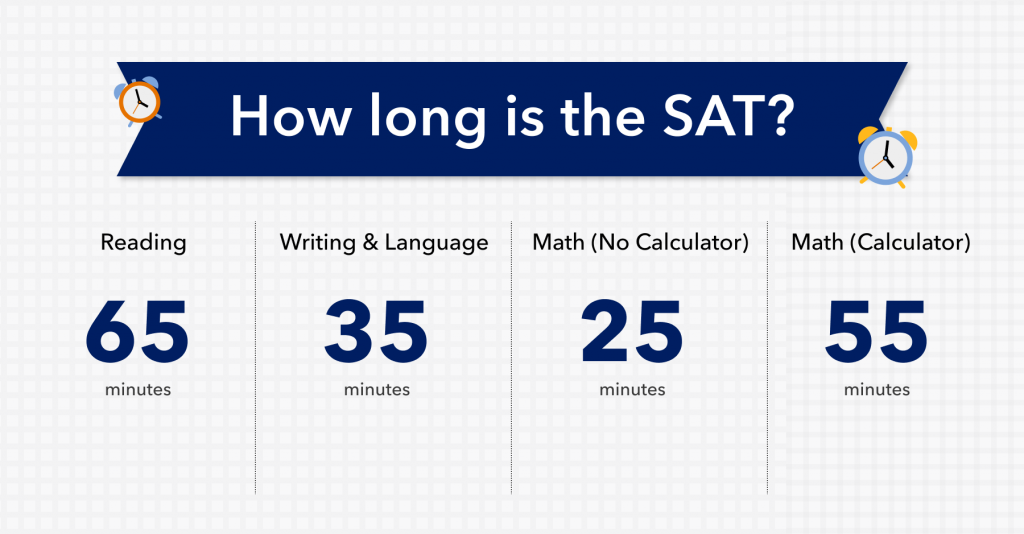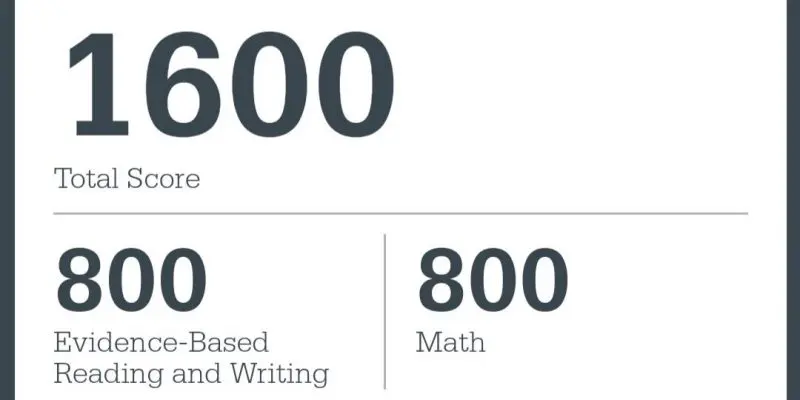Sections of the SAT

SAT in GHANA
July 8, 2022
What makes AEC different
July 18, 2022The various sections of the SAT

CRITICAL READING Section — SENTENCE COMPLETION:
The Critical Reading section of the SAT is broken down into two parts: Sentence Completion and Reading Comprehension. Sentence completion questions make up about 25% of the Critical Reading section on the SAT. Each sentence completion question includes one or two blanks and you are required to find the best answer choice(s) to complete the sentence. On average, you’ll need to complete each question in under one minute. The Reading section of the test is composed of 52 questions that must be completed in 65 minutes.
- One of the best strategies for the sentence completion section is to complete each sentence in your mind using your own words BEFORE looking at the answers. Once you’ve completed the sentence in your own words identify the selection choice that is closest to your answer.
- Don’t rush through each selection. Don’t waste time but make sure to review all the answers before selecting the best choice.
- If you come across words you’re unfamiliar with, use the context of the sentence to figure out what they mean.
- One common mistake that students make is that they tend to overlook the reversing effect of negative words (such as not) or prefixes (such as un-).
- Allow transition words, such as likewise and although, to suggest a better answer.
- If you just can’t figure out what a word means, think about other words you know that have similar prefixes, roots, or suffixes.
- Eliminate choices in double-blank questions if the first word doesn’t make sense in the sentence.
CRITICAL READING Section — READING COMPREHENSION (Short and Long):
The Critical Reading section of the SAT (also known as the Reading Comprehension section) tests your ability to comprehend what you read. You’ll be given several passages to read and then be required to answer questions based on the messages stated or implied in each passage. Passages will vary in length. Some will take about 3 minutes to read and be followed by just two questions. Others may take up to 15 minutes to read and be followed by up to 13 questions.
- Identify the main idea of each passage.
- Always make sure to read the italicized introductory text.
- Always answer the easy questions first. Come back and answer the more difficult questions once you’ve answered all the questions you know the answer to.
- Use the line referenced numbers that appear in the questions to find the correct spot in each passage.
- You should limit your answer to reading comprehension questions to what is stated or implied in the passages.
- Read each passage through at least once before reading the associated questions.
- The most important sentences of each paragraph are the first and the last. Pay particular attention to these sentences.
- Don’t waste time memorizing the details of each passage.
- First, answer all the questions for the topics that you are familiar with. Afterward, go back and answer the questions for the topics you are unfamiliar with.
- Some reading comprehension passages are presented in pairs. To see how these passages relate, read the brief introduction first.
- Focus the majority of your time answering the questions — not reading and re-reading the text.
- All reading comprehension content comes from Social Science, Science, Humanities, and Literary Fiction.
- There is no shortcut to improving your critical reading skills other than practice.
WRITING Section — WRITTEN ESSAY:
Being able to write well is a skill critical to success in both college and the workplace. The Writing and Language section of the SAT is designed to test (1) rhetorical skills and (2) usage and mechanics. Rhetorical skills questions test your ability to revise and edit text, specifically your ability to organize sentences, passages, and paragraphs. The following tips and strategies will help you improve your performance on the Written Essay portion of the Writing and Language section.
- Answer questions as you read. You don’t have time to read entire passages, then read the questions, and then come back to the passage to re-find the answer. Start by reading the first question and then read what you need to answer it.
- You’ll be asked to write a relatively short (250-300 words), persuasive essay on a specific topic that will be provided to you.
- Make sure to structure your essay based on the 5-paragraph essay format which includes an Introduction, Body (about 3 paragraphs), and Conclusion.
- You’re provided 25 minutes to complete the written essay portion of the test. Read the essay question as quickly as possible and spend about 5 minutes thinking about the topic you’ve been asked to address. Spend about 15 minutes writing your essay. Spend the remaining 5 minutes reviewing your essay and editing your grammar.
- The introduction paragraph of your persuasive essay should clearly state your position on the topic you’re writing about and introduce your thesis statement. The introduction should also include 3 points that support your position.
- The body paragraphs should provide specific detail and examples to support each of your points.
- Your essay’s conclusion should summarize your position by restating your thesis statement in a shortened form.
- Keep your writing clear, concise, and simple. Don’t use words and “filler” text that is not needed to support your position.
- Read only what is needed to answer a given question. Most questions can be answered with only a few sentences from a passage.
- Make sure you understand the relationship between ideas, including Reinforcement, Contract, Cause-and-effect, and Sequence.
WRITING SECTION — MULTIPLE CHOICE: Usage, Sentence Correction, and Paragraph Correction
The questions in the multiple-choice Writing section of the SAT are designed to test your skills in sentence structure, usage, and punctuation. Follow the tips and techniques below to improve your performance in this section of the test.
- Think hard about each question before attempting to answer it.
- Each usage and sentence correction question is based on an individual sentence. Each question is designed to test your knowledge of basic sentence structure, grammar, and word choice. Make sure to read each question carefully so that you understand what is required before you answer it.
- Paragraph correction questions are based on two passages. There are typically several questions presented for each passage.
- Make sure you understand the rules for using commas (,), semicolons (;), colons (:), dashes (–), and apostrophes (‘)
MATH Section — STUDENT PRODUCED RESPONSE (GRID):
The math sections on the SAT are designed to test students’ ability to solve mathematical problems, reason quantitatively, and interpret data that is presented in graphs and tables. Areas of math covered on the SAT include Arithmetic, Geometry, Algebra, Functions, and Data Analysis. The math section offers two types of questions: Student-Produced responses (grid-in questions) and Standard Multiple-Choice questions. For the first section of the Math SAT, no calculator is allowed. This section includes 15 multiple choice and 5 grid-ins. In the second section of the MATH, SAT students are allowed to use a calculator. This section includes 30 multiple choice and 8 grid-ins (including an Extended Thinking question). In all, 80 minutes are allotted for the completion of the Math SAT section (25 minutes for the “no calculator” section and 55 minutes for the “calculator” section.)
The following are tips and techniques for improving your performance on the student-produced response questions.
- Since there is no penalty for guessing make sure to answer all the questions even if you don’t know the answer.
- There are no negative answers in the student-produced response math section. So if you come up with a negative answer, you’ll need to try again.
- You’re able to enter a short answer in any column provided. For example, .8 can be entered in columns 1-2, 2-3, or 3-4.
- If your answer ends up being a repeating decimal, such as .4444444, just enter as many decimal points as you can in the grid provided.
- Even though you can enter an equivalent decimal for your answer instead of a fraction, there is no reason to as it just wastes time.
- Do not provide mixed numbers as answers. For example, if your answer is 2 3/4, you need to change it to 11/4 or 2.75.
MATH Section – STANDARD MULTIPLE CHOICE:
The following are tips and techniques for improving your performance on the standard multiple-choice questions.
- Read the question thoroughly and make sure you understand what the question is looking for. Select the best answer provided for the variable, value, or expression that is requested.
- Make sure that you prepare beforehand for this section of the test. Know all of the important math definitions, formulas, and concepts that might appear.
- Use only the test booklet provided to show your work and for marking up diagrams or graphs presented.
- The first sets of questions in this section of the test are usually easier questions, so don’t spend too much time answering them.
- If a question seems complicated and time-consuming look for a shortcut to the answer. Don’t get involved in detailed calculations that are going to require a lot of time. Look at the answers provided and see if you can rule out any as incorrect answers. This will help narrow down your selection of possible correct choices.
- If you come across a question with a strange symbol, just substitute the accompanying definition when attempting to figure out the correct answer.
Source: https://www.educationcorner.com/sat-test-taking-tips.html



